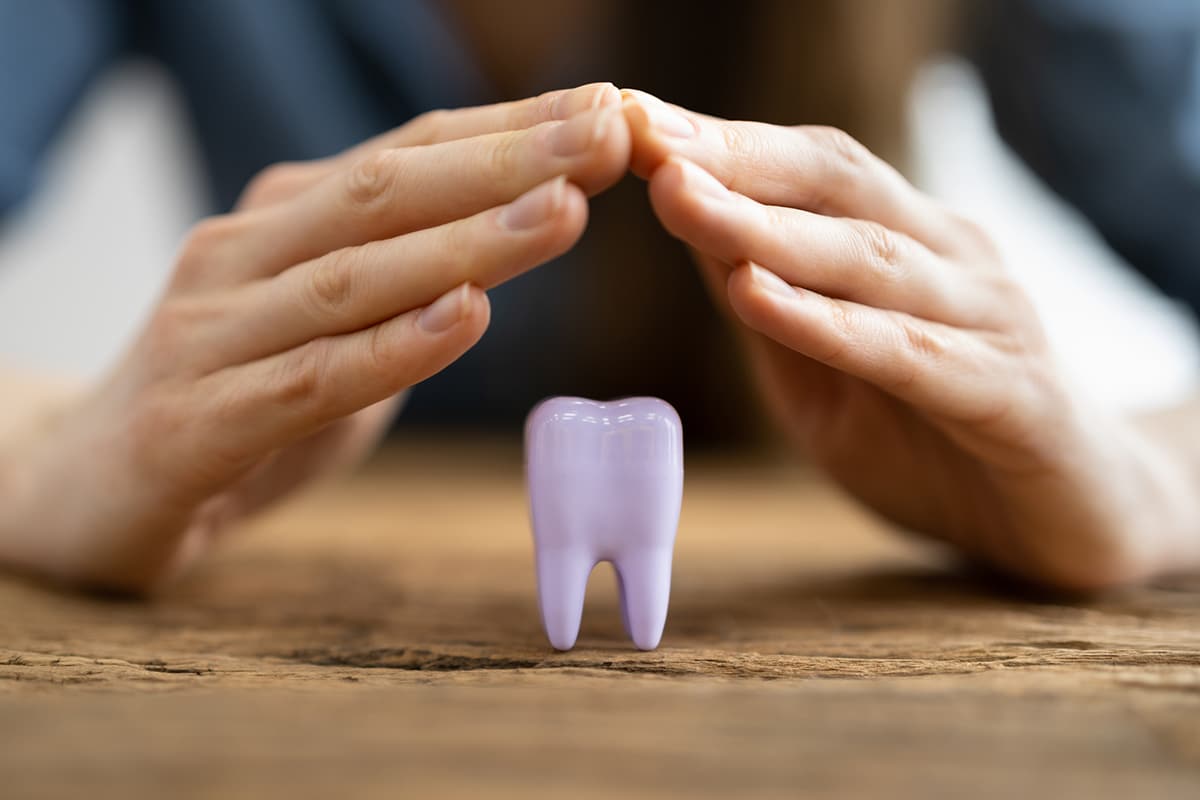
If you've experienced the unsettling feeling of a loose permanent tooth, you understand the panic it can bring. Permanent teeth should last a lifetime, and when one becomes loose, it raises questions about your dental health and what steps to take.
Losing a permanent tooth can affect more than your smile; it impacts your ability to chew, speak, and maintain good oral health. The good news is this: with appropriate care and timely intervention, it’s often possible to save a loose permanent tooth. Here, we’ll explore the reasons teeth loosen, the treatments available, and what you can do to protect your smile.
Understanding the Causes of Loose Permanent Teeth
Teeth don't just become loose out of nowhere. There are often underlying causes, and understanding them can guide treatment decisions. Each cause requires a tailored approach, so let's break down the most common reasons permanent teeth might lose their stability.
Gum Disease
One of the leading causes of loose permanent teeth is gum disease, or periodontal disease. This bacterial infection begins when plaque, a sticky film of bacteria, builds up around the teeth. If not removed through brushing and flossing, plaque hardens into tartar, which irritates the gums. Over time, this leads to inflammation, bleeding, and infection.
As gum disease progresses, it damages the structures supporting your teeth. Gums pull away, forming pockets where bacteria thrive, breaking down gum and bone tissue. Without this support, teeth become loose and may eventually fall out. Advanced gum disease (periodontitis) can cause severe tooth instability and, if untreated, tooth loss.
Think of it like a tree losing soil around its roots. Without a stable foundation, the tree sways and eventually falls, just like teeth when their support weakens.
Injury
Trauma to the mouth is a common reason a permanent tooth might become loose. Whether from a fall, sports injury, or accident, physical impact can damage the structures supporting your teeth. Sometimes the injury is apparent, like a cracked or chipped tooth. Other times, the damage isn’t visible right away but weakens the ligaments or bone over time.
For example, you might get hit in the mouth during a soccer game. Your tooth feels fine at first, but days or weeks later, it starts to wiggle slightly. This delayed loosening often happens because internal tissues were damaged and gradually weakened.
Seeking prompt treatment after oral trauma is crucial. Even if you don’t notice symptoms right away, a dentist can detect hidden damage before it worsens.
Infection
Untreated cavities, cracks, or chips can lead to dental infections that cause loose teeth. These openings let bacteria reach the soft inner tissue (pulp). Once infected, the bacteria can spread down the root canal and weaken the bone and ligament supporting the tooth.
For instance, ignoring a toothache caused by a deep cavity allows the bacteria to spread. Left untreated, the infection can lead to issues like abscesses, bone loss, or a loose tooth.
Endodontic Treatment Options for Loose Teeth
When internal damage or infection leads to a loose tooth, endodontic (root canal) treatment often offers a solution. A root canal can address the underlying infection, relieving pain while preserving the tooth’s structural integrity.
What is a Root Canal?
A root canal is a highly effective procedure designed to save a tooth compromised by infection or damage. During the procedure, a dentist or endodontist removes infected tissue from inside the tooth’s pulp chamber and root canals. This area is then thoroughly cleaned, disinfected, and sealed with a special material to prevent reinfection.
Protecting the tooth further often involves placing a dental crown on top. The crown acts as a shield, restoring the tooth’s functionality while keeping it safe from future damage. With proper care, a tooth saved through root canal therapy can last for many years, ensuring you maintain your smile’s natural appearance and health.
Root canals can seem intimidating, but they’re a routine and pain-relieving treatment. Thanks to modern techniques, most patients report that the procedure feels no worse than getting a standard filling.
Additional Dental Procedures to Stabilize Loose Teeth
Sometimes, saving a loose tooth requires more than just fixing the internal issue. Your dentist may recommend additional procedures to stabilize the tooth and address any damage to the surrounding structures.
Stabilization with Splints
Dental splints may provide the necessary support for teeth loosened by injury or trauma. This technique involves attaching the affected tooth to its neighboring teeth using a small splint. The splint acts like a brace, holding the tooth steady while the surrounding tissues heal and reattach. Splints are typically temporary but effective for promoting recovery.
For example, a loose tooth is similar to a sprained ankle. Just as a brace helps support the ankle as it heals, a splint supports a weak tooth during its recovery period.
Periodontal Treatment
When gum disease is the culprit, periodontal treatment becomes essential. Dentists or periodontists use specialized tools to remove plaque and tartar from above and below the gumline, targeting infection at its root. Deep cleaning procedures like scaling and root planing help encourage gum tissue to reattach to the tooth’s surface.
More advanced cases might require surgical interventions, such as gum grafts or bone regeneration procedures. These treatments work to rebuild the bone and gum tissue lost to periodontitis, restoring the supportive structures that keep your teeth in place.
Hope for Loose Permanent Teeth
The idea of losing a permanent tooth can feel overwhelming, but it’s crucial to know that endodontists can often save loose teeth with the proper care. The key lies in acting quickly. At the first sign of looseness, reach out to your dentist or specialist. Early intervention significantly improves the chances of a successful outcome.
Collaboration between dental professionals, such as general dentists, endodontists, and periodontists, is often necessary. Together, they create a customized treatment plan tailored to the unique needs of your situation.
Frequently Asked Questions About Saving Loose Permanent Teeth
What are the common causes of loose permanent teeth?
Loose permanent teeth can result from several factors, including periodontal disease, trauma, or excessive grinding and clenching. Bone loss around the teeth, often caused by advanced gum disease, is a primary reason for looseness. Identifying the root cause is essential for determining the appropriate treatment.
Can loose permanent teeth heal on their own?
Loose permanent teeth typically do not heal on their own without intervention. However, with timely and proper care, it is possible to stabilize and save the affected teeth. Depending on the severity of the case, treatments may include deep cleaning, splinting, or other specialized dental procedures.
At Modern Micro Endodontics, we specialize in providing personalized care to help you achieve long-term oral health. Whether you need a root canal, periodontal treatment, or other dental procedures, our team is here to guide you every step of the way. We understand the importance of preserving your natural teeth whenever possible, and our goal is to provide solutions that restore comfort, stability, and function.
If you’re concerned about a loose permanent tooth, don’t wait. Contact us today to schedule an evaluation. With timely intervention and expert care, you can take control of your dental health and protect your smile for years to come.
